Christmas Island Coconut Crabs: An Enduring Legacy for 2024
Related Articles: Christmas Island Coconut Crabs: An Enduring Legacy for 2024
- Christmas Images Google 2024: A Festive Guide To The Best Holiday Graphics
- Christmas In July Ladies Outfits 2024: Festive Fashion For The Summer Season
- Christmas Images Ocean 2024: A Journey Into The Depths Of Holiday Cheer
- Christmas Images Moving 2024: A Guide To The Best Animated GIFs And Videos
- Christmas Images Slideshow 2024: A Visual Feast For The Holiday Season
Introduction
With great pleasure, we will explore the intriguing topic related to Christmas Island Coconut Crabs: An Enduring Legacy for 2024. Let’s weave interesting information and offer fresh perspectives to the readers.
Table of Content
Video about Christmas Island Coconut Crabs: An Enduring Legacy for 2024
Christmas Island Coconut Crabs: An Enduring Legacy for 2024
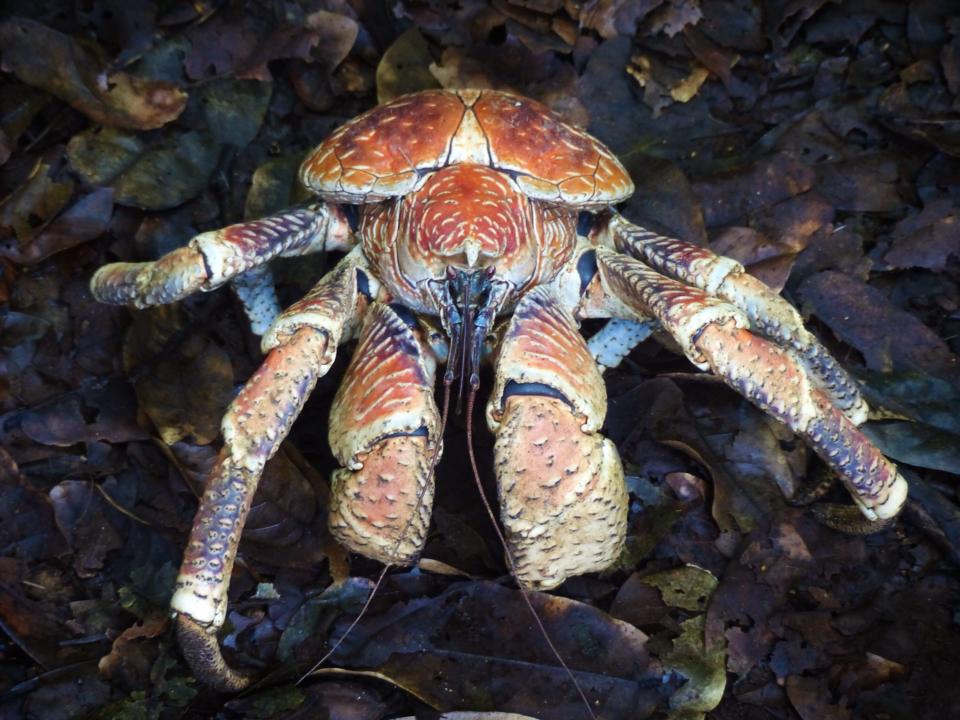
Introduction:
Christmas Island, an Australian territory located in the Indian Ocean, is renowned for its unique ecosystem and diverse wildlife. Among its most iconic inhabitants is the Christmas Island coconut crab (Birgus latro), the world’s largest land-living arthropod. With an estimated population of around 40 million, these remarkable creatures play a vital role in the island’s ecological balance. As 2024 approaches, conservation efforts and research initiatives aim to preserve and celebrate the legacy of these extraordinary animals.
Physical Characteristics and Behavior:
Christmas Island coconut crabs are massive crustaceans, with males reaching an average weight of 4.1 kilograms (9 pounds) and a leg span of up to 1 meter (3.3 feet). Their exoskeletons are adorned with striking red and blue hues, and their powerful claws can crush coconuts with ease. These nocturnal creatures are primarily terrestrial, spending their days in burrows or under fallen vegetation. At night, they emerge to forage for food, using their keen sense of smell to locate their primary source of nourishment: coconuts.
Ecological Significance:
Coconut crabs play a crucial role in the island’s ecosystem. As scavengers, they consume fallen coconuts, preventing their accumulation and the potential for disease spread. Their burrowing activities aerate the soil, improving drainage and soil health. Additionally, they contribute to the island’s nutrient cycling by transporting nutrients from the ocean to the forest. Their presence is essential for maintaining the delicate ecological equilibrium of Christmas Island.
Threats and Conservation:
Despite their resilience, Christmas Island coconut crabs face several threats. Invasive species, such as the yellow crazy ant, compete for food and habitat. Climate change poses additional challenges, with rising sea levels and more frequent extreme weather events potentially affecting their nesting sites and food availability. To address these threats, conservation efforts have been implemented.
Conservation Initiatives:
The Australian government has designated Christmas Island as a National Park, providing legal protection for its unique ecosystem. Researchers and conservationists are actively engaged in monitoring coconut crab populations, studying their behavior, and implementing management strategies to mitigate threats. Public awareness campaigns aim to educate visitors and residents about the importance of these animals and the need for their conservation.
Research and Discoveries:
Ongoing research on Christmas Island coconut crabs is shedding light on their complex behavior and life history. Scientists have discovered that these creatures have remarkable homing abilities, navigating intricate routes back to their burrows after extensive foraging expeditions. Studies have also revealed their ability to communicate using chemical signals and their complex social interactions.
Cultural Importance:
Coconut crabs hold cultural significance for the indigenous community of Christmas Island. The crabs have been a traditional food source for the Minnipa people, and their presence is intertwined with the island’s cultural heritage. Respect for these animals is ingrained in the community’s values.
Legacy and Outlook:
The Christmas Island coconut crab is an extraordinary creature that embodies the island’s unique natural history. As 2024 approaches, conservation efforts and research initiatives will continue to focus on preserving and celebrating this iconic species. By safeguarding the coconut crab population, we ensure the continued ecological balance of Christmas Island and preserve a captivating natural legacy for future generations.
Conclusion:
The Christmas Island coconut crab is a testament to the wonders of the natural world. Their size, behavior, and ecological significance make them a captivating subject of study and a source of fascination for nature enthusiasts worldwide. As we approach 2024, let us recognize the importance of these remarkable creatures and support conservation efforts to ensure their legacy endures for generations to come.
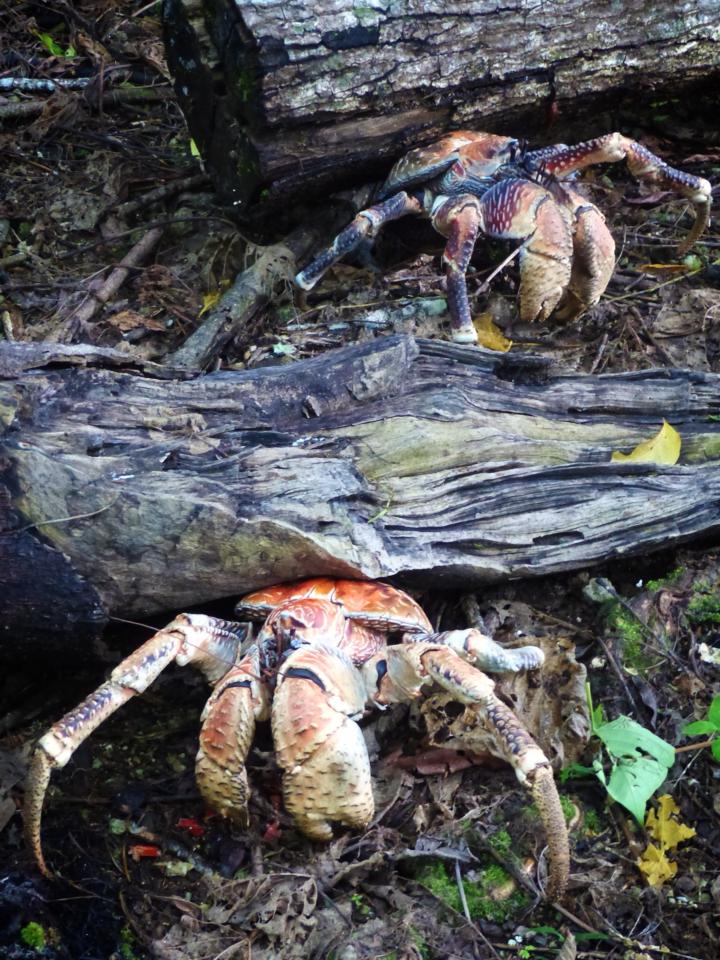
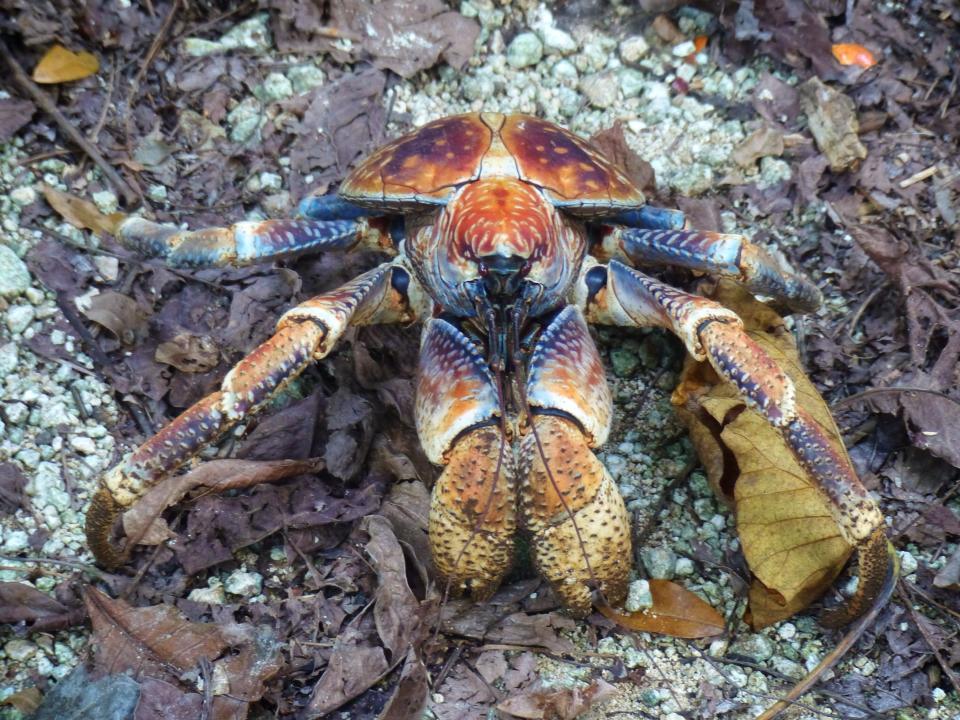
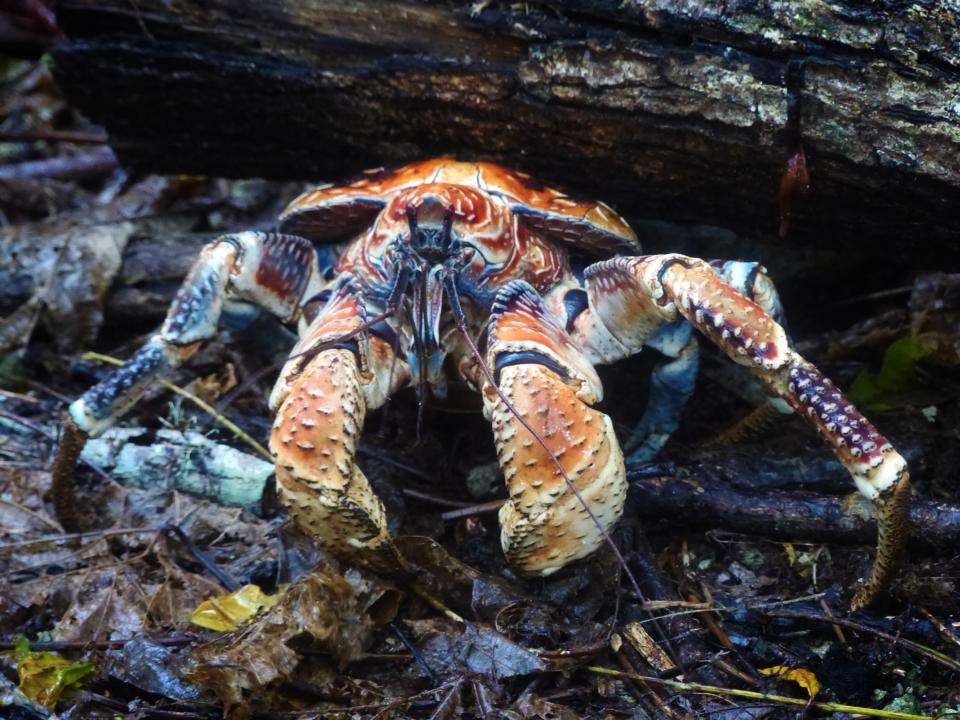
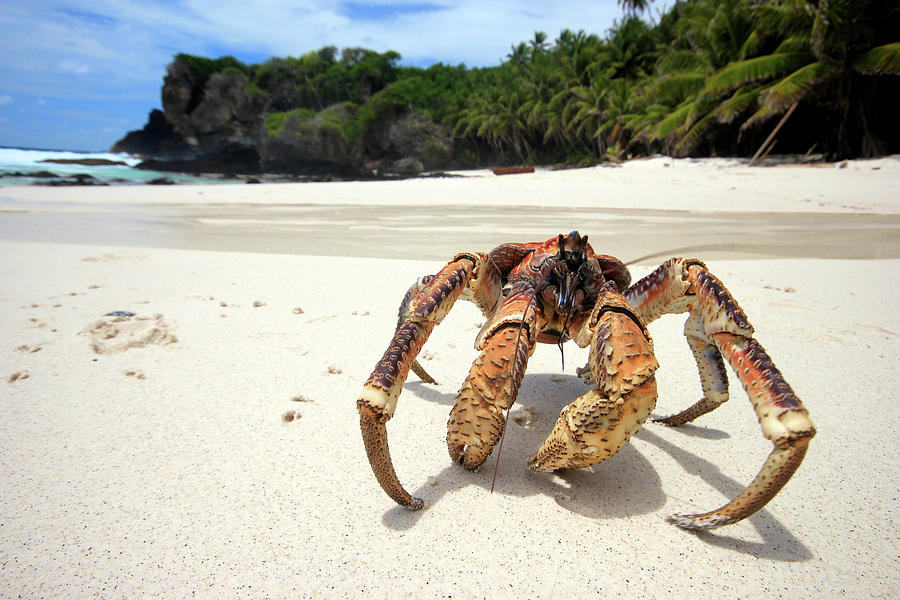
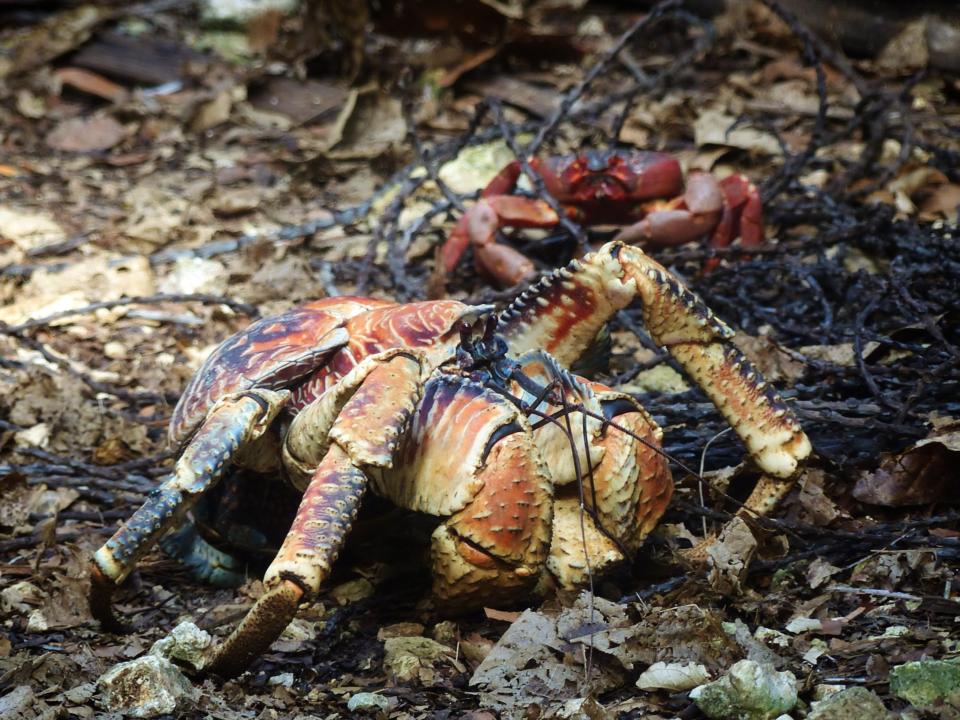
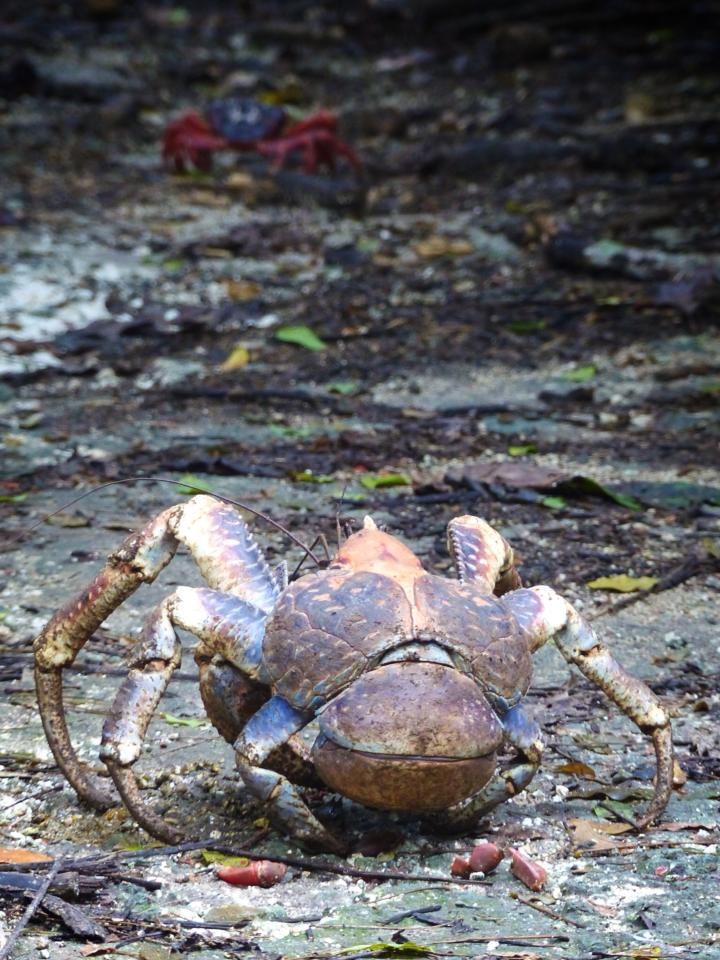

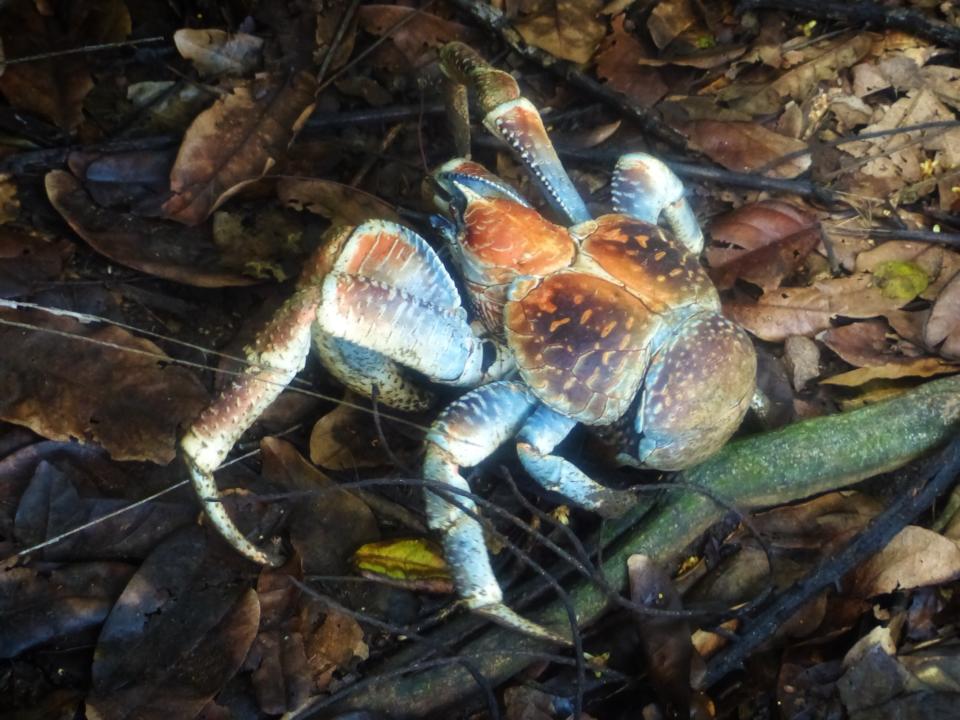
Closure
Thus, we hope this article has provided valuable insights into Christmas Island Coconut Crabs: An Enduring Legacy for 2024. We appreciate your attention to our article. See you in our next article!
